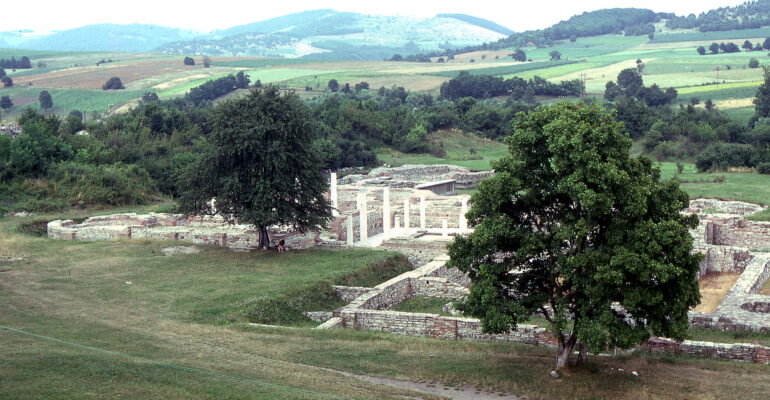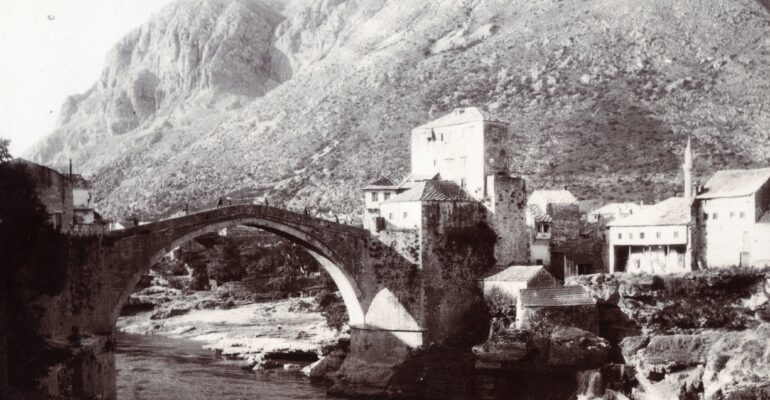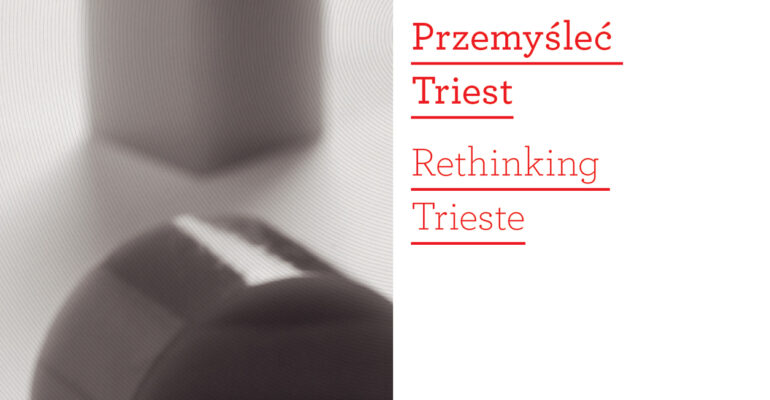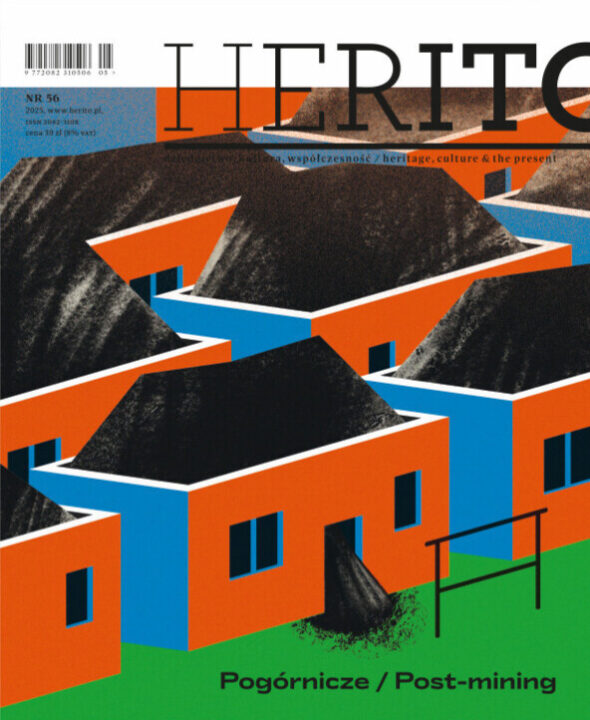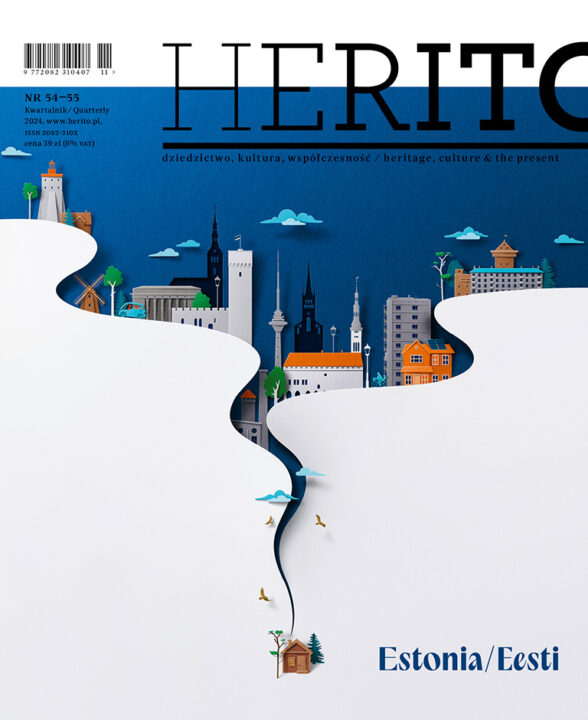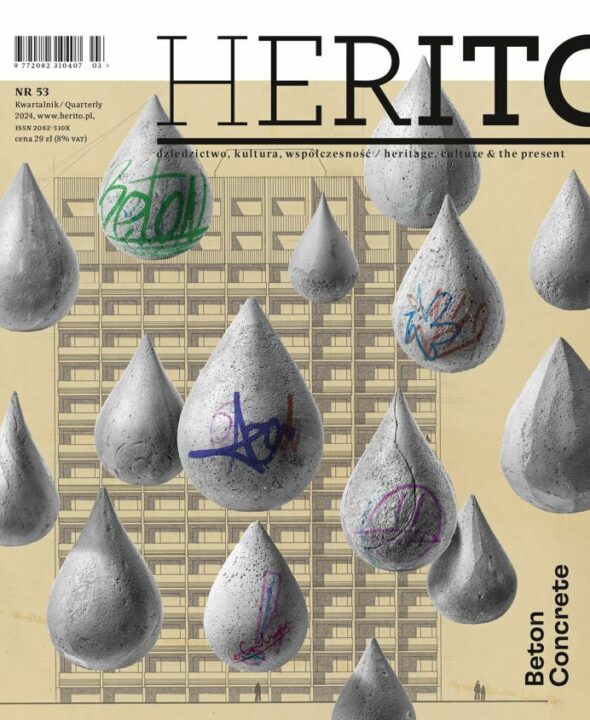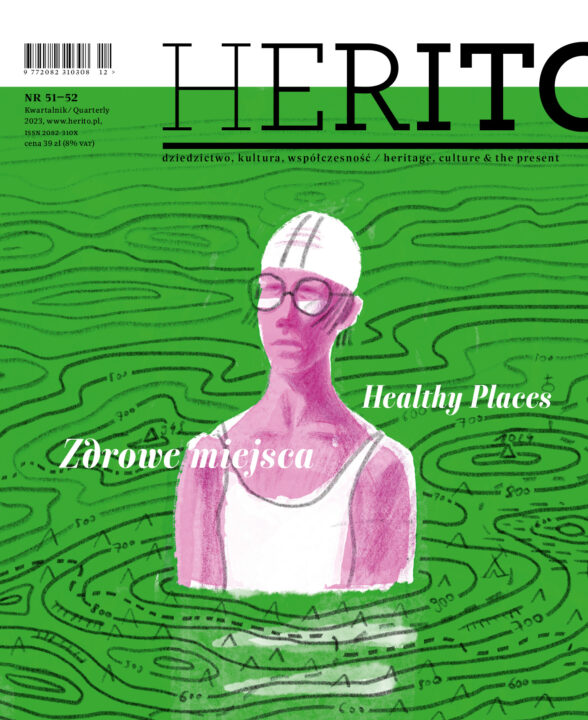Cities for Thought
Adam Zagajewski described present-day Lviv as a city half-existing, half-abandoned, lost and half-regained. The Lviv that the poet wrote of is at once the pars pro toto of the Central European city syndrome – not fully belonging to anyone, neither to those who live in it nor to those who lost it. And how many other cities we could insert in place of Lviv! The cities tied like a Gordian knot. But there is no Alexander to come, and we have to start patiently untangling these knots ourselves.Trieste, for one, where the Italians’ chant of: “Trieste italianissima!” was met with the Slovenes’ response of: “Trst je naš!”. Yet Claudio Magris is right when he writes that Trieste is the most beloved but least understood of Italy’s cities. The Slovenes’ attitude towards it is also essentially ambivalent. We have to rethink Trieste, comes the appeal from Peter Krečič, we can put it off, avoid it, underestimate it no longer.
As food for thought, we begin with essays by “classics” no longer with us: Ľubomír Lipták and Bogdan Bogdanović. These were written a few years ago about cities in Slovakia and Serbia. But in the time that has elapsed since they were written, have they gone out of date? Are the conclusions they formulate on the issues of the alienness of the city and the destruction of its most delicate fabric, its human fabric, only applicable to these specific examples? Or does the task of rethinking our cities remain untackled?
Free full text articles
More articles
Laboratory of Change

Copyright © Herito 2020


